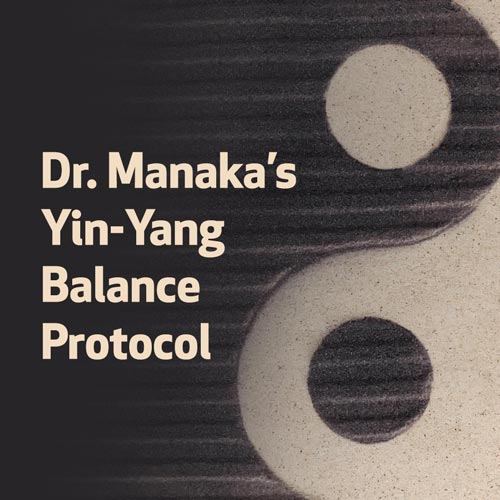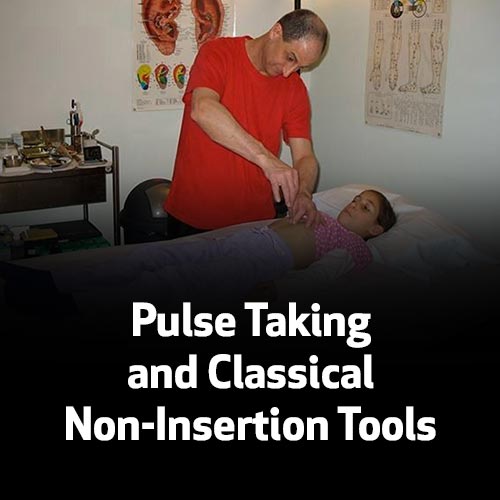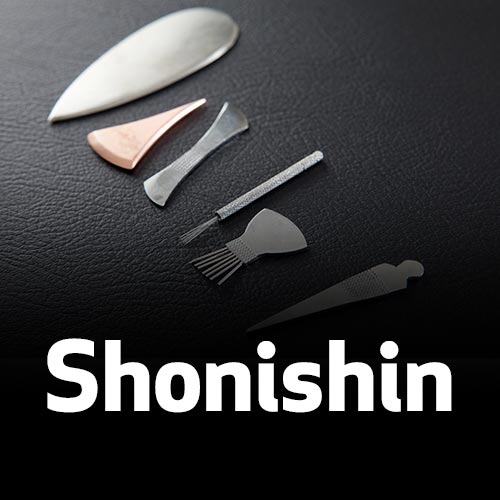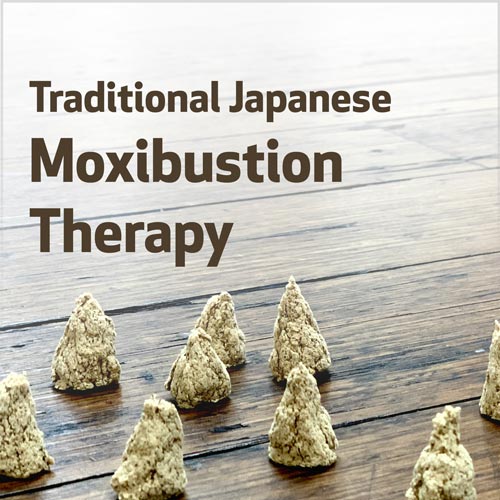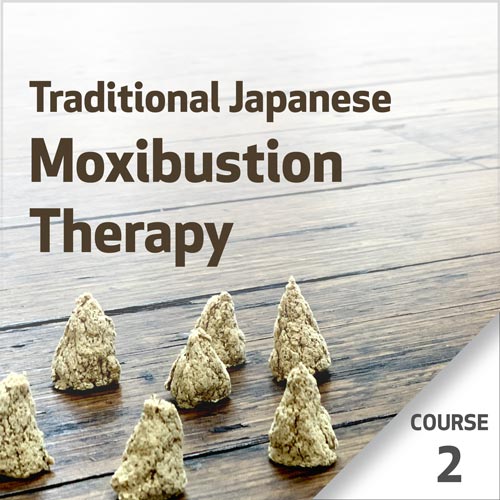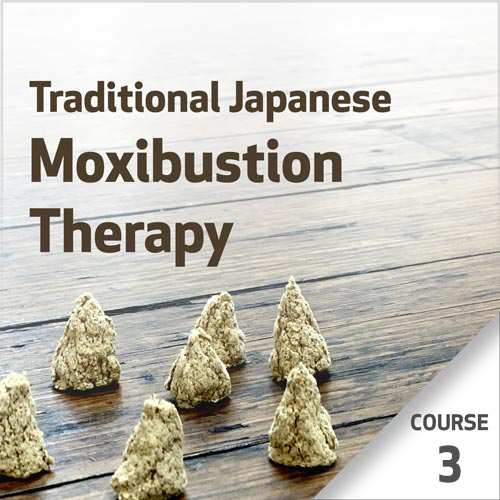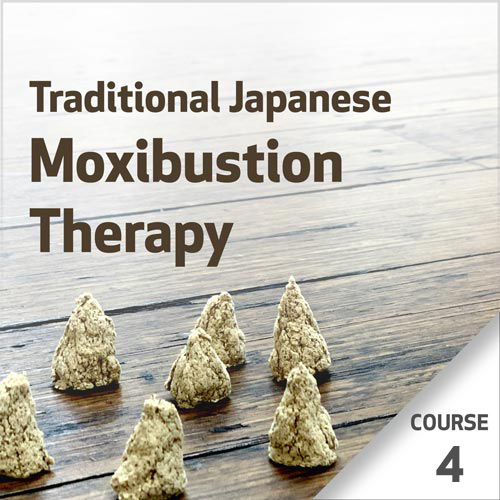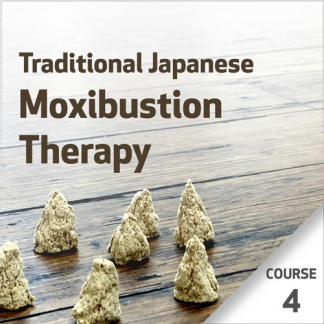Course Overview
In the course we will cover:
GENERAL INFORMATION ON MOXIBUSTION: The many positive effects include: return to homeostasis, resistance to disease, sleep is improved, appetite is restored, general well-being improved, bowel elimination regulated, regulation of autonomic nervous system, improve blood circulation, improve mobility, increase energy, softens hardened tissue, relieves pain, reduces inflammation, relieves hard knots due to overuse and repetitive movement that causes degeneration and hardening in the tissues, and inspires longevity.
HISTORY: Many historians believe the practice of moxibustion to date back to antiquity and Neolithic times. The Shih Ching (Book of Odes), circa 7th century BC, has a reference to the gathering of mugwort, but no indication as to its use. One of the earliest medical references occurs in the Ming Tzu, which dates to about 300 BC.
ARTEMISIA VULGARIS: Botanical Description, Prepartion, Harvesting, and Aging for various grades and uses.
GENERAL PRECAUTIONS AND CONTRAINDICATIONS
CHINETSUKYU - CONE MOXA: Keiri Inoue developed this method of moxa. Onkyu or Warming Moxa is another name for Chinetsukyu. Chi = know. Netsu = heat. Kyu = moxa. Chinetsukyu is also translated as heat perception or sensing heat moxibustion. We cover treatment strategies from various styles in Japan.
KAKUBUTSUKYU - INDIRECT MOXIBUSTION
KYUTOSHIN - NEEDLE HEAD MOXA: General rules, precautions, protocols and treatment strategies from various styles in Japan.
Objectives
-
You will learn how East Asian Medicine theory using moxibustion applies to the modern world and current diseases. How moxa effects the physiology of the body and the mechanism of moxa producing a therapuetic effect.
-
We will cover the history of moxibustion and it own classical and modern texts. Learn where moxa comes from and the details of how it is grown, harvested and prepared to be used. Cover safety, precautions, contra-indications and home therapy.
-
Develop skills in two methods of moxibustion - Chinetsukyu Cone Moxa and Kyutoshin Needle Head Moxa. Learn how to choose correct moxa for these methods, how to roll and apply the moxa protocol. Specific precautions and various styles from Japan.
Outline
0 hrs - 1 hrs
GENERAL INFORMATION ON MOXIBUSTION: How moxa works in homeostasis, immunity, sleep, appetite, well-being, bowel elimination, autonomic nervous system, blood circulation, mobility, energy, pain, inflammation, degeneration, and longevity.
1 hrs - 2 hrs
HISTORY: Trace history of moxibustion from antiquity and through various Classics such as The Shih Ching (Book of Odes) and Chiu Ching (Moxibustion Manual) through to Yellow Emperor's Ming Tang Moxa Text and modern Japanese moxibustion masters.
2 hrs - 3 hrs
ARTEMISIA VULGARIS: Study the botanical description, prepartion, harvesting, and aging of mugwort in Japan for various grades and uses. Determing the best moxa for the correct choice of usage and understanding the effect of moxa in various methods.
3 hrs - 4 hrs
GENERAL PRECAUTIONS AND CONTRAINDICATIONS: When not to use moxa. Where not use moxa. Particular cases when to take particular care in moxa application. Expalining the differences of TCM concepts of moxa and traditional use in Japan.
4 hrs - 5.5 hrs
CHINETSUKYU - CONE MOXA: Explain terminology as related to its use. Origins and history. Explain size, density and how to roll the cone. How, when and where to apply cone moxa. Specific precautions. Treatment strategies from various styles in Japan.
5.5 hrs - 7 hrs
KYUTOSHIN - NEEDLE HEAD MOXA: General rules. Methods to roll moxa balls. Substituting smokeless moxa. Equipment. Applying moxa ball to needle. Safefty shields. Removal of ash and needle. Precautions. Treatment strategies from various styles in Japan.
Reviews
-
Yolanda B. (Australia)
Paul is full of knowledge and very passionate and generous to transmit it. I always delight listening and learning new techniques with him.
-
Margarita A. (United States of America)
I appreciated this teacher's course and style of teaching. It was very thorough, accessible, well planned out, and I felt more confident applying these techniques after the course was complete.
-
Mihi L. (Australia)
Knows what hes talking about, very engaging and thorough
Reviews
Paul is full of knowledge and very passionate and generous to transmit it. I always delight listening and learning new techniques with him.
Yolanda B. (Australia)
I appreciated this teacher's course and style of teaching. It was very thorough, accessible, well planned out, and I felt more confident applying these techniques after the course was complete.
Margarita A. (United States of America)
Knows what hes talking about, very engaging and thorough
Mihi L. (Australia)
Highly recommended. I recommended this to a few of my closest colleagues during the first 20 minutes of beginning this course.
Green W. (United States of America)
This moxibustion techniques will improve you clinical treatment!
Mayu O. (Canada)
This course makes very accessible what can come across as a subject matter that may otherwise be daunting to a practitioner who has been primarily using needles. Movsessian provides many demonstrations and urges participants to practice to become familiar with and demystify the techniques, making them almost immediately clinically applicable and not just historical or theoretical. This is the second course I have completed of Paul Movsessian's, and they are worth every minute and every penny invested. He simply provides relevant information in a kind, instructive manner.
Olga S. (United States of America)
Teacher
Paul Movsessian
Paul Movsessian is a practitioner of Traditional East Asian Medicine, having been trained by some of the greatest teachers of Japan, and being in practice for 36 years. He lectures extensively and takes great joy in sharing the clinical pearls he has been given and has collected over the years.
Disclaimers
-
Accessing Your Course
After checking out, your email address will be sent to Net of Knowledge securely and you will gain instant access to your course. If you do not have a Net of Knowledge account yet, one will be created for you automatically and you will receive an email with a link to set up your password. Log in to your account at netofknowledge.com and start learning!
-
Unlimited Access & CEUS
You will have unlimited access to this course for as long as it is on Net of Knowledge, so that you can keep reviewing and learning from it over the years.
CEU requirements must be completed within 1 year from the purchase. During this time, you must view the training and complete any required documents to get your certificate. You must also print and save your certificate for your own records.
-
Cancellation Policy
Please note we do not offer refunds for our recorded online courses/webinars.
-
Note
This recording is available in an online format only; you will not receive a DVD or physical copy of the recording – it is only available to watch as a course to watch on the internet through your online account.



